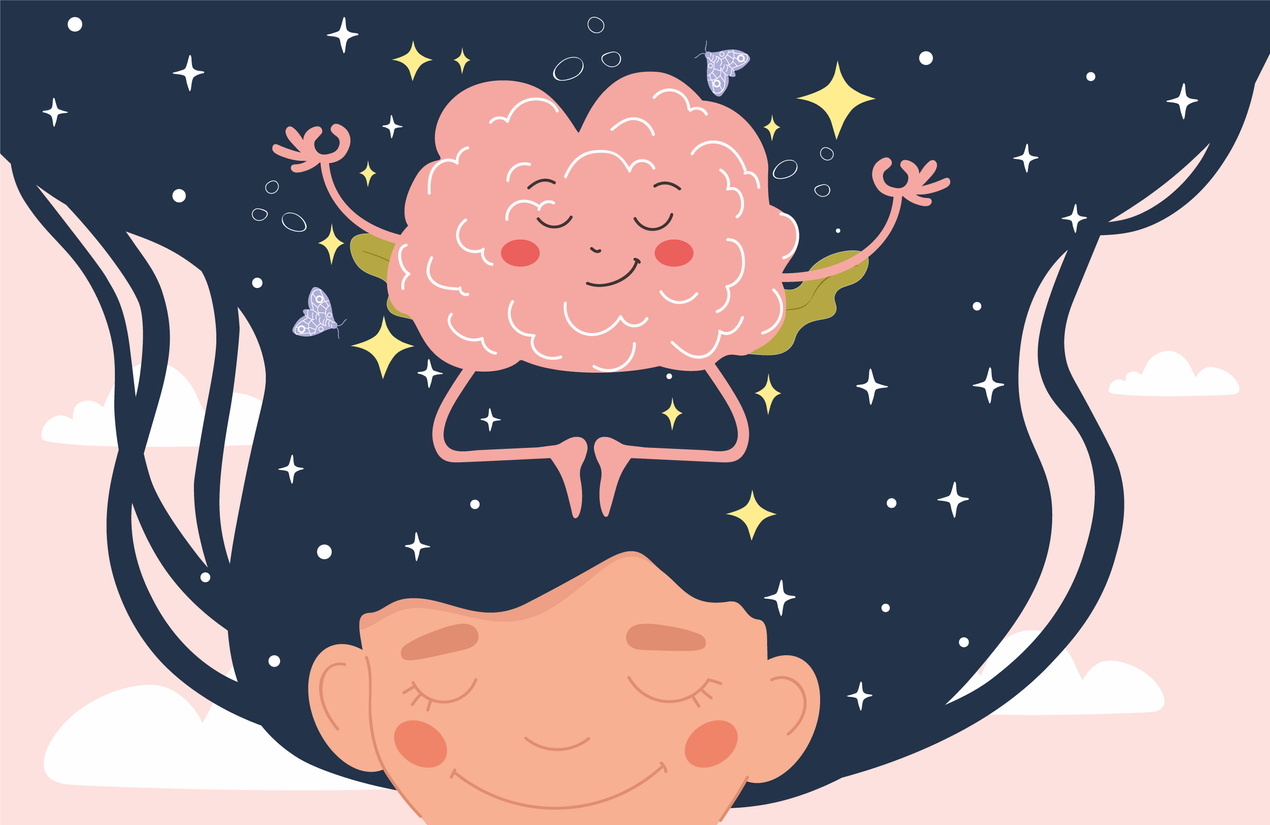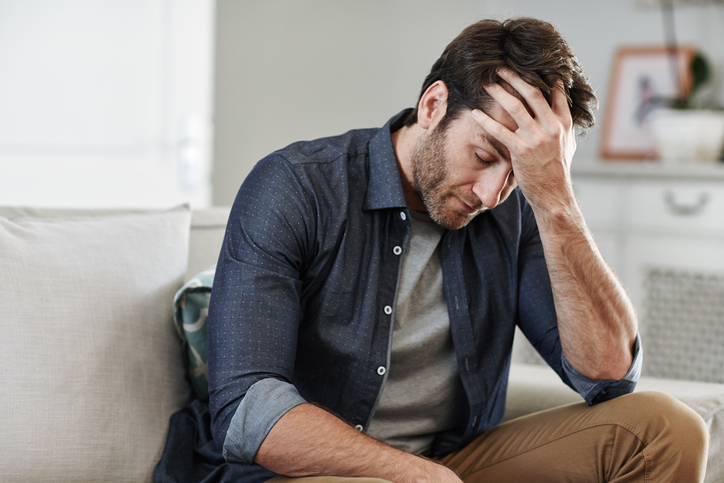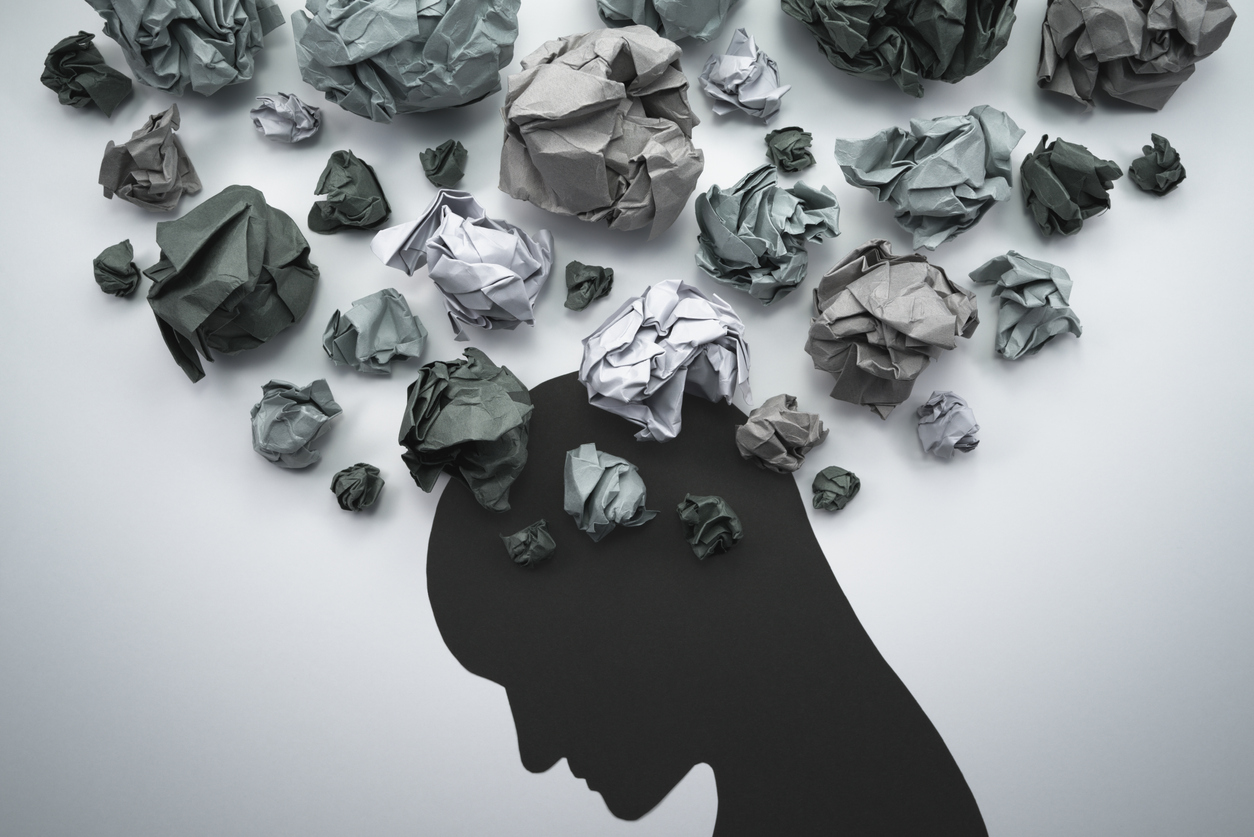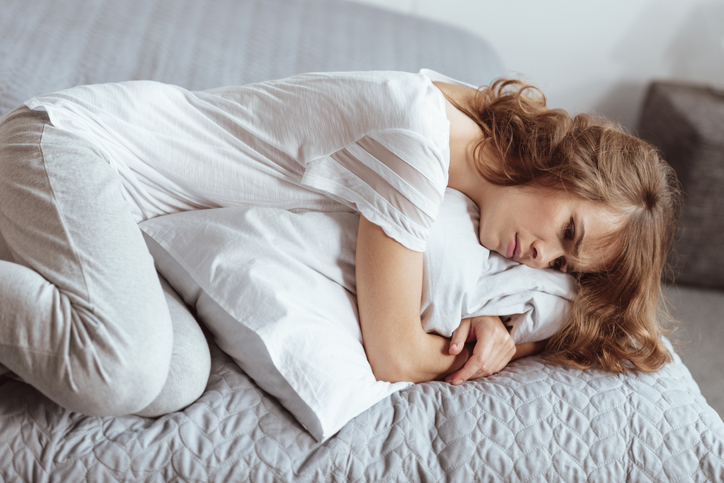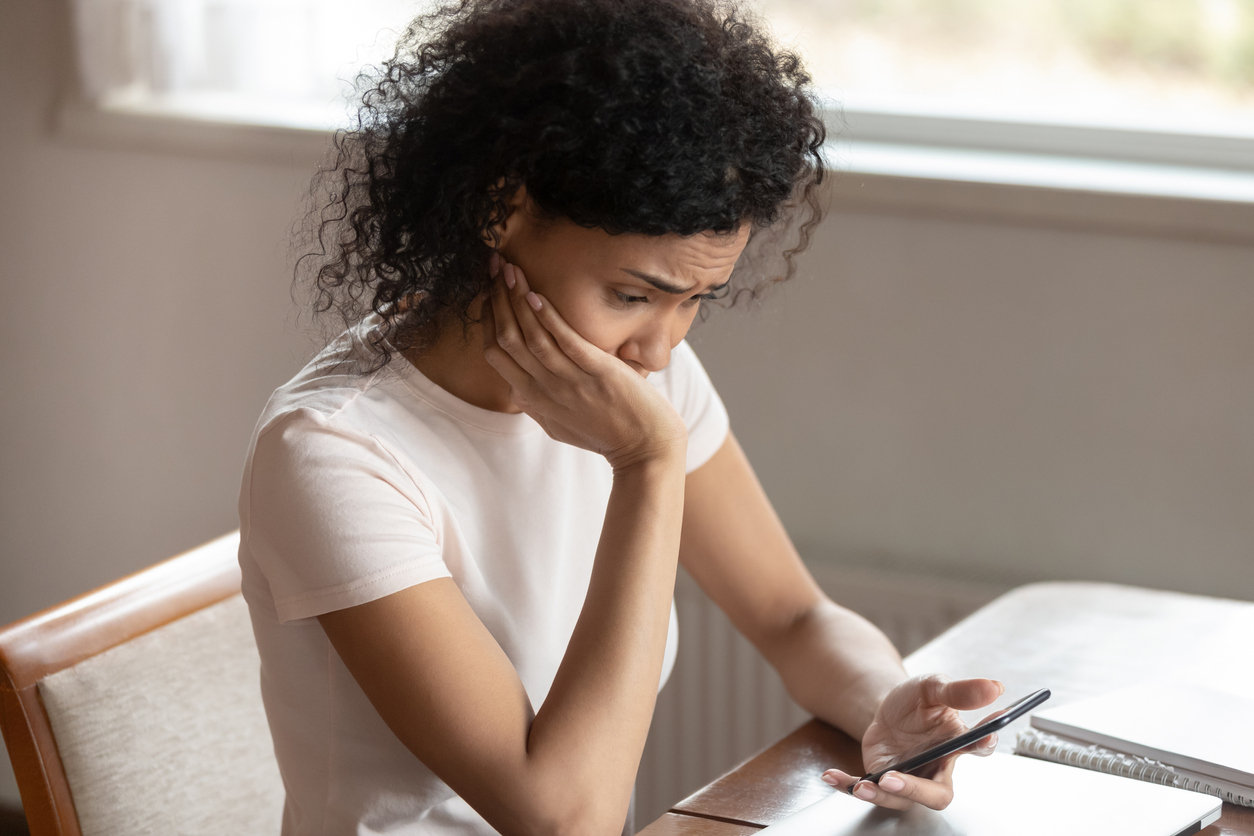Living with Chronic Pain
Types of Depression

83 people found this helpful
Print
Share
Save
Depression involves feelings of sadness, hopelessness, and loss of interest in activities. Several types of depression exist. The types vary in terms of symptoms, severity, longevity, and personal circumstances.
The various types of depression include the following:
- Major depression, also known as major depressive disorder or classic depression, is the most common type of depression. Symptoms include deep, consistent feelings of hopelessness and sadness, loss of interest in activities, changes in sleeping or eating habits, and thoughts of suicide. These symptoms last for more than two weeks.
- Persistent depressive disorder, previously known as dysthymia, lasts for at least two years. Although the symptoms are similar to those of major depression, they are often not as severe. Individuals with persistent depressive disorder can often function adequately but not optimally.
- Atypical depression, also known as major depressive disorder with atypical features, temporarily improves in response to positive events. It can occur along with persistent depressive disorder or during an episode of major depression.
- Seasonal affective disorder (SAD) typically occurs in the fall and winter months when the days are shorter. The change in seasons causes fatigue and feelings of anxiety and irritability. Light therapy can be an effective treatment.
- Perinatal and postpartum depression can affect women who are pregnant or have given birth within the last year. Symptoms include extreme sadness, loneliness, hopelessness, and feelings of disconnection from the baby.
- Bipolar disorder, also known as manic depression, involves manic phases and depressive episodes. During a manic phase, a person may have high energy, feel euphoric, or participate in risky behavior. These phases alternate with depressive episodes. Mood stabilizers are often needed to treat bipolar disorder.
- Premenstrual dysphoric disorder (PMDD) affects some women during the second half of their menstrual cycle. In addition to feelings of sadness, extreme mood swings, and irritability, women may experience physical symptoms, such as cramps, bloating, headaches, and breast tenderness. PMDD is a more severe form of premenstrual syndrome (PMS).
- Depressive psychosis involves symptoms of major depression along with periods of disconnection from reality (psychosis). These periods of psychosis may include hallucinations or delusions (false beliefs). Other names for depressive psychosis include psychotic depression and major depressive disorder with psychotic features.
- Situational depression, otherwise known as adjustment disorder with depressed mood, is similar to major depression in many ways except that it is triggered by a specific situation, such as death of a loved one, serious illness, unemployment, etc.
Identifying the specific type of depression that an individual is experiencing can help a health care professional determine the best treatment plan to reduce symptoms and improve quality of life.



